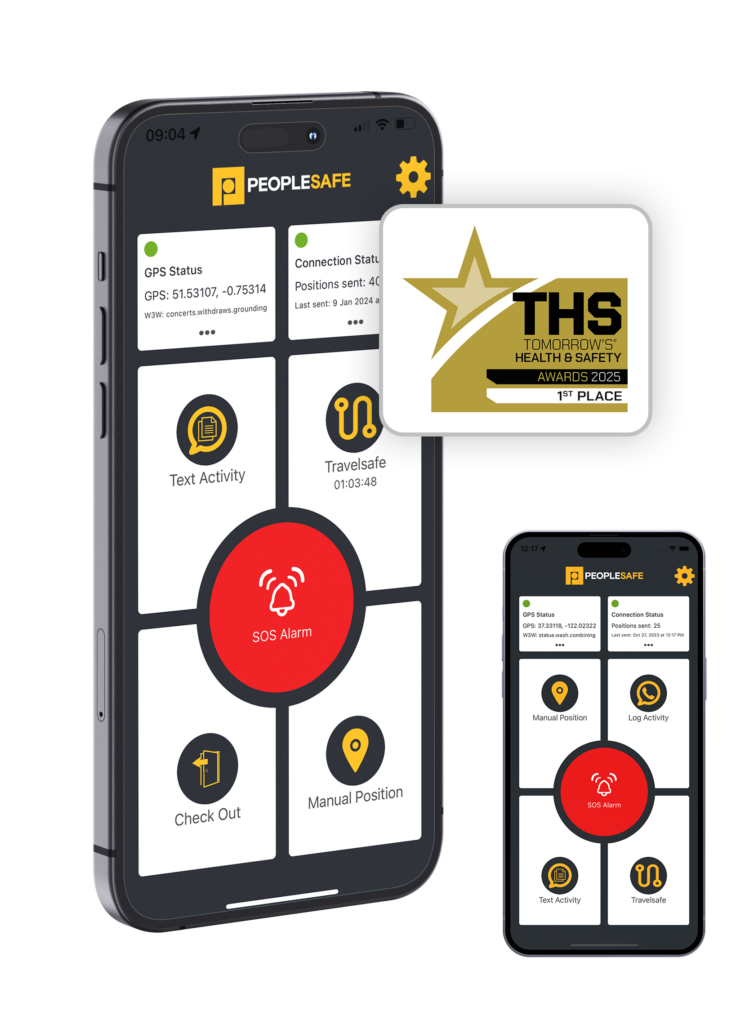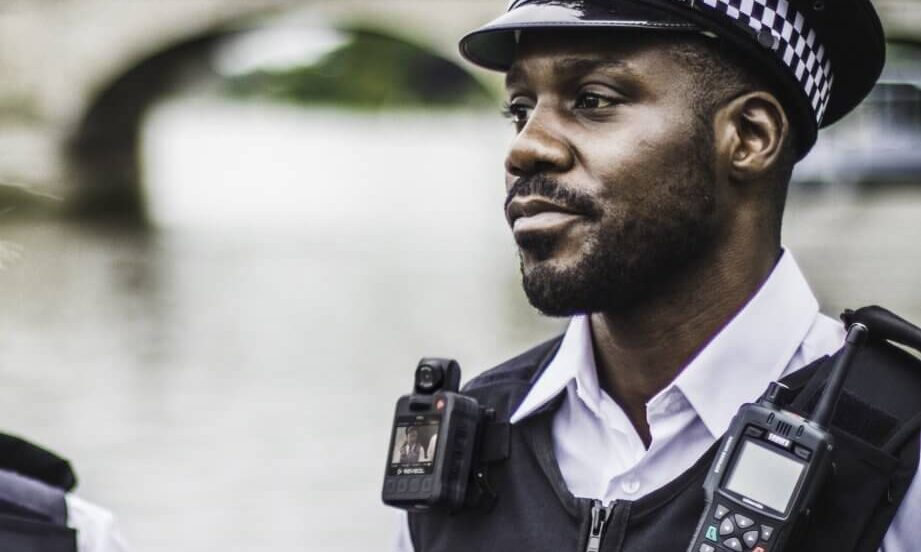Enhancing Hospital Safety with Body Worn Cameras
Violence and aggression against NHS personnel are prevalent, affecting 37% of healthcare workers every month. These incidents significantly affect staff’s physical and psychological wellbeing, recruitment and retention, and can impact the quality of patient care provided.
Since the COVID-19 pandemic, there has been a notable increase in incidents across the emergency services, at a time when staff are already under significant strain. This is clearly shown in a report from the British Medical Association which revealed that cases of aggression across NHS trusts were up 17% year on year.
To address this growing problem, hospitals and NHS services are increasingly turning to personal safety technology. One solution that is being used to protect staff and safeguard the public is body worn cameras.
Notably, all ten ambulance trusts in England have implemented body worn camera systems. Similarly, NHS Trusts such as United Lincolnshire Hospitals NHS Trust, University Hospitals Coventry and Warwickshire (UHCW) NHS Trust and Oxford University Hospitals NHS Foundation Trust (OUH) have also adopted body worn cameras to address staff safety challenges.
What is a Body Worn Camera?
Body worn cameras are compact, portable recording devices typically worn on the clothing or uniform of workers. Designed to capture real-time video footage from the wearer’s perspective, body worn cameras provide an objective record of interactions, incidents and events as they unfold.
Peoplesafe offers the D5 body camera provided by Reveal Media which pairs with the Peoplesafe Pro lone worker app. Through this integrated solution, users can activate recording by simply pressing the SOS Alarm button on their app. This action sends a Bluetooth signal to the camera, initiating recording without the need for manual intervention. This seamless process ensures that recording commences promptly when the user perceives a threat, capturing crucial evidence throughout the incident.
In addition to facilitating remote camera activation, the Peoplesafe Pro app enhances employee safety by providing audio monitoring of the situation. Seamless two-way communication with our 24/7 control centre ensures that staff can swiftly receive assistance and support whenever needed.
After an incident, video files are securely stored in the cloud for access via our secure web-based server. This footage is encrypted, ensuring its integrity, and preventing any unauthorised alterations.
The Benefits of Body Worn Cameras in Hospitals
Body worn cameras have proved to be beneficial in numerous areas, from improving training and education to providing irrefutable evidence in legal proceedings. This technology safeguards both healthcare professionals and patients.
1. Improved Staff Safety
The 2022 NHS staff survey found that over a quarter of staff reported experiencing harassment, bullying, or abuse from patients/service users/public in the past year and that 14.7% experienced physical violence.
Implementing body-worn cameras in hospitals significantly enhances staff safety by serving as a deterrent to violence and aggression. Proven to reduce incidents of assault by 47%, the front facing screen of the D5 camera shows members of the public that they are being recorded, helping to defuse tense situations and promoting cooperation.
In the event of disputes or incidents, the captured footage provides invaluable evidence for identifying perpetrators, documenting events and supporting legal actions.
Andres Patino, assistant director of adult mental health services (south) at Northamptonshire Healthcare NHS Foundation Trust, has said that informing a patient they are behaving unsafely and a recording is about to start can often be enough. “As soon as that button is pressed what you then see is a de-escalation.”
2. Enhanced Patient Safety
Body worn cameras contribute to patient safety by promoting accountability among healthcare staff. Knowing that their actions are being recorded, healthcare professionals are incentivised to adhere to best practices and maintain professionalism.
In an interview about the use of body worn cameras, Jenny Allen, who has been in and out of hospital for the past 15 years, says the cameras have led to a safer environment and reduced “flashpoints” on the wards. “I think both staff and service users moderate their behaviour when the camera is switched on. It’s a win-win, really. It’s not punitive, it’s just to try to help de-escalate the situation.”
3. Improved Training and Education
Body worn cameras have emerged as invaluable tools in enhancing training, by offering a firsthand perspective of real-life incidents. Recordings can be analysed to identify areas for improvement, show situations that could have been handled differently and support a discussion around this.
Analysing footage can be useful in identifying patterns, triggers, and escalation points that lead to instances of aggression or violence. This is particularly useful in conflict management training. As well as highlighting areas for improvement, these recordings can be used to show examples of model behaviour, showing where an incident was handled properly and led to a successful outcome.
4. Protection Against False Claims and Legal Proceedings
In an environment where disputes and allegations can arise, body worn cameras act as a safeguard against false claims. The recorded footage serves as a tamper proof objective record of events, helping to refute untrue accusations. This helps to protect the reputation of the staff and organisation, as well as helping to avoid costly legal battles.
In cases of legal action, body worn camera footage provides concrete evidence of what took place. Whether it’s an altercation between staff members, an incident involving a patient, or an unexpected medical event, the recorded footage can corroborate accounts, clarify misunderstandings, and provide crucial context for decision-making.
5. Enhanced Staff Wellbeing
The implementation of body worn cameras demonstrates a commitment to staff wellbeing, contributing to increased satisfaction, and boosting recruitment and retention efforts. Staff feel supported and assured that proactive measures are in place for their safety, ultimately fostering a positive health and safety culture.





